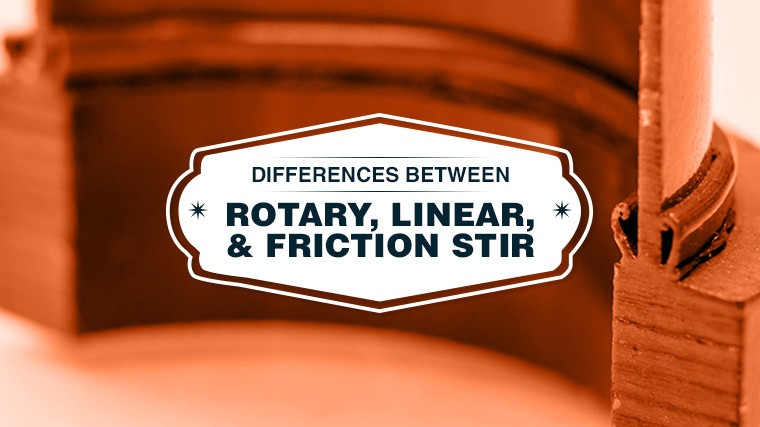
Friction welding is a forging technique that produces ultra-strong bonds for diverse applications. This process has been the answer to many manufacturing and engineering challenges for over five decades. From aerospace to automotive, friction welding is continually opening the possibilities for ongoing technological advancement.
There are a variety of friction welding techniques to choose from, and each offers its own unique advantages. Which one will accommodate your manufacturing demands? Read on to find out.
- Rotary Friction Welding — most popular type of friction welding and used for parts where at least one piece is rotationally-symmetrical such as tube or bar.
- Linear Friction Welding — used for jet engine components, near-net shapes, and more where the limitation on the parts is only based upon the mass of the moving part; not the geometry of the interface.
- Friction Stir Welding — often used for aluminum plates, extrusions, and sheets where seam or butt welds are made between thin components without a restriction on the component length.
How It Works
- Rotary Friction Welding: a solid-state process in which one part is rotated at a high speed, and then pressed against another part that is held stationary. The resulting friction heats the parts, causing them to forge together.
- Linear Friction Welding: a solid-state process in which one part moves in a linear motion at a high speed. This is pressed against another part that is kept stationary. The resulting friction heats the parts, causing them to forge together.
- Friction Stir Welding: A solid-state joining process in which a pin tool rotates against the seam, between the two stationary parts, to create extremely high-quality, high-strength joints with low distortion.
Advantages
Rotary Friction Welding-
- 100% bond at the contact area
- Ability to join dissimilar materials
- Minimal joint preparation required
- Fast weld cycles, allowing more parts to be joined in less time
- Less inventory required to create part families
- Eco-friendly since no consumables are used
- Scalable to any size weld
-
- A rapid, repeatable, and flexible process
- Ability to join nearly any number of shapes with complex part geometries
- Ability to join dissimilar metals
- Minimal joint preparation required; resulting in faster production
- Eco-friendly since no consumables are used
- Scalable to any size weld
-
- Affords new joining applications for difficult manufacturing challenges - from extrusions to sheets and more
- Virtually defect-free bonding
- Accommodate parts up to 55 feet long
- Ability to join dissimilar alloys
- Ability to use dual head feature for fast panel welding
- Minimal distortion of joined parts, for extremely high-weld strength
- Eco-friendly since no consumables are used
Top Applications
Rotary Friction Welding-
- Aerospace
- Agricultural
- Automotive
- Construction
- Consumer products
- Oil and Gas
- Military
-
- Aerospace
- Automotive
- Military
- Oil and Gas
-
- Aerospace
- Electronics
- Marine
- Military
- Transportation
Make It Better
MTI solves difficult challenges every day. For customized parts, or the machines that make them, you can count on us. Whether you’re designing aircraft, tractors, or anything in between — we can build a machine to make your part, make your part for you, or help you make your part even better.
Learn more on Rotary Friction Welding, Linear Friction Welding and Friction Stir Welding or watch how friction welding can be put to work for you.
 MTI UK
MTI UK  FWT
FWT